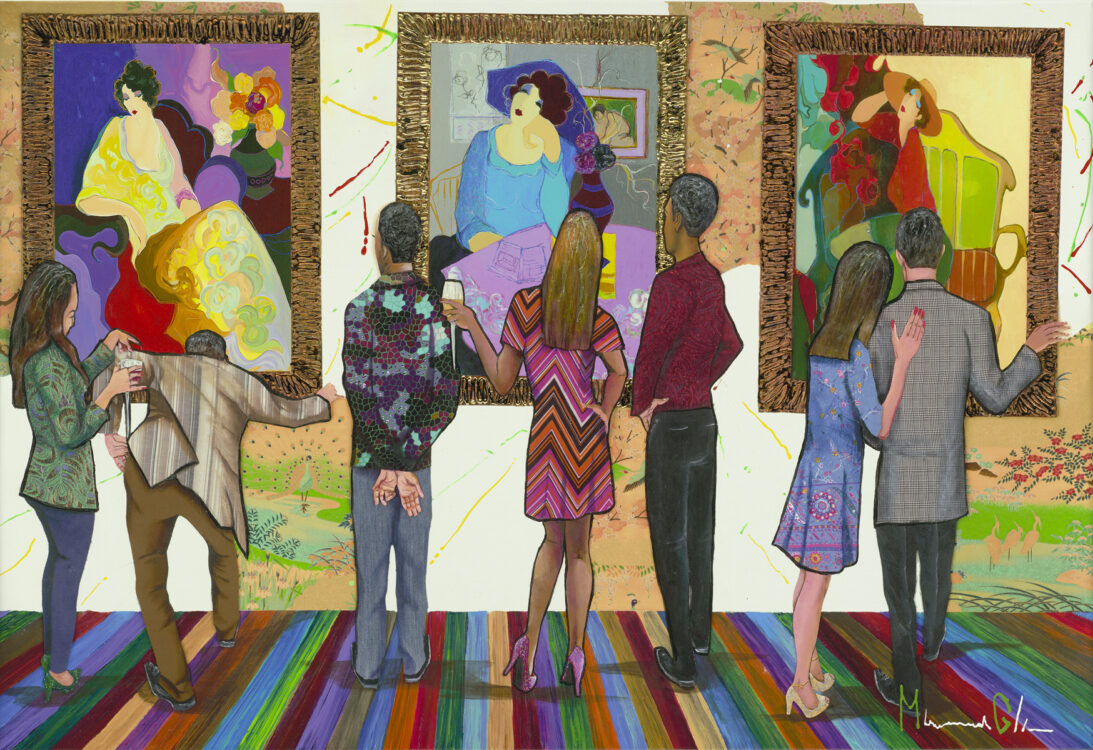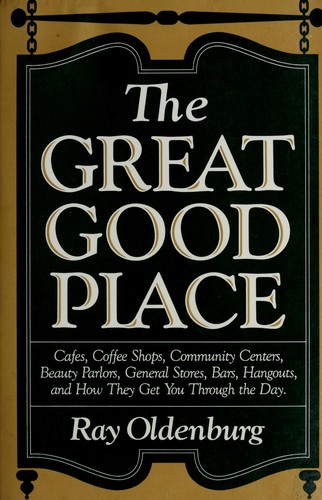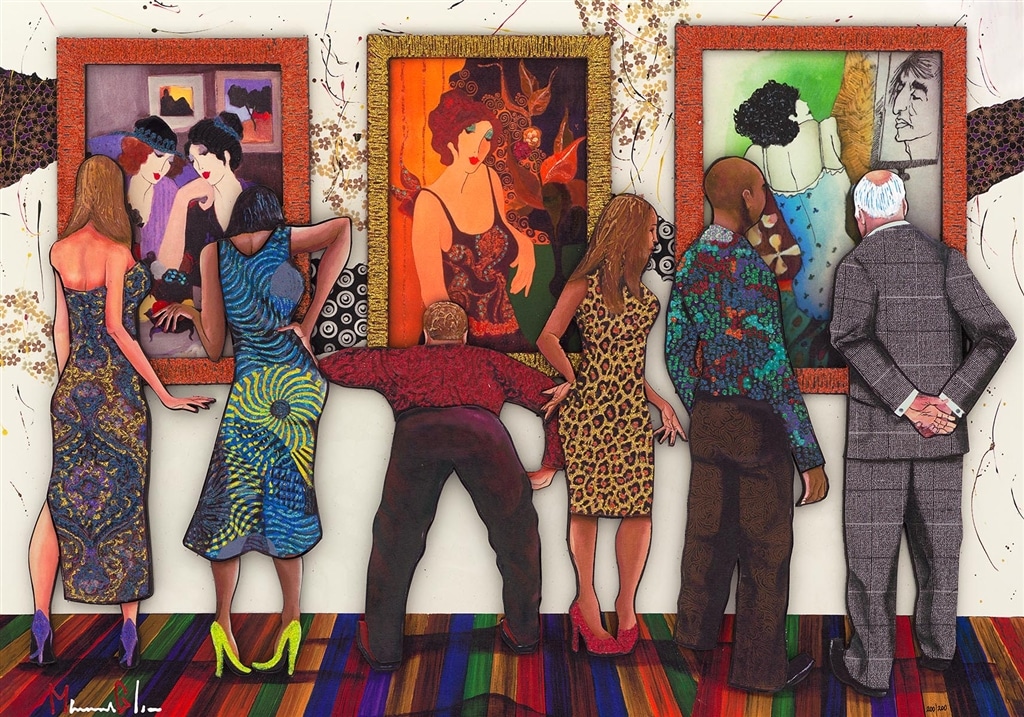
I stumbled upon the work of Detroit based artist Marcus Glenn last month and was instantly drawn to his paintings of people viewing paintings in art galleries. I liked how the artworks here are the focal point where people gather; they become the subject of human connections.
Glenn’s gallery paintings took me back to my own experience of hosting art events in Sydney, promoted via Meetup. My co-organiser and I would select an area (Paddington, Darlinghurst, The Rocks) with a concentration of galleries, at least about eight of them. Then within three hours, we would take a group of up to 25 people around, spending 10 minutes per gallery. Finally, we would go to a café for snacks, an optional addition to the experience.
As these art walks/tours were very affordable, the turnout was good. The crowd was diverse—comprised of locals, tourists, immigrants, students, seniors, professionals from a variety of industries. Some participants attended for the artistic element. Others joined to make new contacts.
At one point, a young man who had moved to Sydney from Brisbane came to my co-organiser and me and said something very interesting. He really appreciated our initiative because he felt that the decline of organised religion had led to a lack of meaningful social opportunities in modern world.

This made me reflect on the potential of art galleries, and how underutilised they were as points of community-building in their current state. As many art galleries do not engage in mass advertising, most people in the vicinity do not even know that they exist. A good number of my event attendees were indeed fascinated by the exhibitions, they just had no prior awareness of the establishments organising them.
An art gallery, I believe, can be an effective “third place”—a concept introduced by American urban sociologist Ray Oldenburg (1932-2022) in his book The Great Good Place (1989). Third places exist beyond the first (home) and second (work) places. Examples are cafés, clubs, public libraries, gyms, bookstores, bars, hair salons and parks. Third places are neutral grounds that do not push particular ideologies, and levellers that dissolve hierarchies. Separated from the “domestic” and “productive” areas of life, they are remedies for stress, loneliness and alienation. Within this space, you can feel relaxed and start conversations. As an article on The Atlantic notes, third places enable “serendipitous” encounters. Coffeehouses have played such a role in the past—in the Ottoman Empire, England and America. Salons, similarly, were famous in France.
Is social media a type of third place too? Oldenburg says no. He writes: “Third places are face-to-face phenomena. The idea that electronic communication permits a virtual third place is misleading. ‘Virtual’ means that something is like something else in both essence and effect, and that’s not true in this instance. When you go to a third place you essentially open yourself up to whoever is there. And they may be very different from you. If you don’t know your neighbours, you will be suspicious. And if you are suspicious, you will act accordingly. You don’t get neighbourly on that basis. If you spend time with people you’re not going to hate them, it’s just that simple.”
Social media is very often too vitriolic and divisive—which makes it unsuitable as a third place.
Physical contemporary art galleries are especially appropriate as the third place. Art is generally non-threatening and pleasing. It is also a phenomenon upon which viewers are bound to have opinions—that they’d like to share with somebody else, and in the process, befriend the other.
Unfortunately, most galleries—and this is a global issue—exist as empty and silent white cubes with stacks of press releases and catalogues that are extended to a handful of collectors now and then. Instead, they could be buzzing spaces of discovery year-long. So many conversations remain uninitiated and relationships undeveloped because art galleries fail to implement innovative marketing strategies to generate foot traffic.
There are a number of ways in which art galleries could attract larger crowds and become lively third places. I think of two:

(1). By partnering with hospitality brands and selling events
Many exciting possibilities can emerge with the intersection of art and hospitality/F & B. Say, an art gallery can team up with a restaurant (having a large following online or constant stream of customers) and host lunches and dinners for which people can pay. The art gallery could be a new location for the restaurant, enabling it to offer something different to its existing customer base or expanding it further. On the other hand, the presence of food in an art gallery setting can be a hook to many.
(2). By turning the art gallery into a hybrid space
Another way in which it is possible to invite more visitors into the art gallery space is by making it a multi-purpose zone. For example, an “art gallery-plus-co-working space” or an “art gallery-plus-mental health clinic”. These hybrid models may require careful interior design and day-to-day management but they can be useful in enticing people who otherwise wouldn’t have any opportunity of being introduced to art, and bond over it.
Written by Tulika Bahadur

